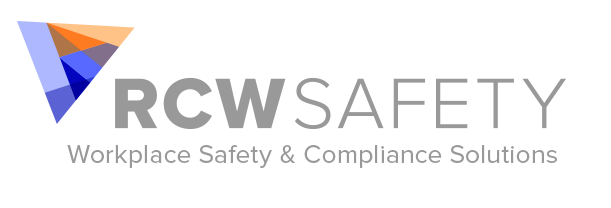Emergency Response Planning
Research by the National Safety Council of Australia and Fire Safety Australia have found that workplaces are under prepared for emergencies that may occur on-site and employees are not confident in the procedures to follow during emergency situations.
The alarming facts are:
- Only 13% of people are aware of the different types of fire extinguishers 13%
- Less that 50% of occupants of a building know what to do during an emergency 49%
- Less that 25% of staff members could remember where the fire extinguisher was in their workplace 24%
- Around 30,000 Australians suffer a cardiac arrest each year, only 9% survive. 9%
An emergency can be defined as any event which arises internally or from external sources which might adversely affect the safety of persons in a building or the community generally and requires immediate responses by the occupants
Emergencies can happen at any time in any type of workplace. They can include fire in a delivery vehicle, an armed hold up, a chemical spill in a laundry, flooding in a building caused by a burst water pipe.

Is your workplace prepared for an emergency because the consequences could be catastrophic?
– Roger Willenberg
Flexible Trainning
RCW can offer flexible training instruction and information sessions to workplaces wanting to train their nominated employees in warden and practical fire training to take control of any emergency situation as well as:

Practical theory and the use of the facilities fire safety equipment
Practice exercise and evacuation of the facility
Debrief session and report of any incident
Annual training of Emergency Control Organisation (ECO) members
Emergency Evacuation Plan theory
Management of mobility impaired persons:
- Disabled
- Wheel Chair
- Vision
- Hearing
- Intellectual
Retraining employee’s when changes occur to members of the:
- Emergency Control Organisation (ECO)
- Emergency Evacuation Planning Committee (EPC)
- New employees
Flexible Trainning
The Australian Standard A.S. 3745 – 2010, planning for emergencies in facilities provides guidance on emergency responses and the frequency of fire drills. The objective of this Standard is to enhance the safety of people in facilities, by providing a framework for emergency planning, utilizing the built facilities as appropriate.
The objective of this revision is to make a greater distinction between emergency plans and emergency/evacuation procedures. It also includes expanded and revised sections on —
- (a) developing the emergency plan;
- (b) the duties of the emergency planning committee and emergency control organization;
- (c) provisions for occupants with a disability;
- (d) education and training; and
- (e) guidance on how to determine the size of the emergency control organization.
Emergencies in a workplace might take several forms and consideration should be given to the categorising of those emergencies.
The Australian standard 3745 – 2010 is a standard for grouping emergencies and colour coding them,
The colours used are instantly recognized and a response can be determined based on the category the colour represents.
A risk register and risk assessment of the hazards and risk associated with your workplace’s emergencies would also be of benefit in categorising the types of workplace emergencies.
CODE RED
Fire and smoke
CODE BLUE
Medical emergency
CODE PURPLE
Bomb Threat
CODE YELLOW
Internal emergencies
CODE BLACK
Personal threat
CODE BROWN
External emergency
CODE ORANGE
Evacuation
%
Less that 25% of staff members could remember where the fire extinguisher was in their workplace
Applying our extensive knowledge and what constitutes and emergency in regards to health and safety hazards we can compile a list of potential emergencies that can occur at a workplace. The key issue is that an emergency is an event which requires an immediate response.
RCW Safety can develop from scratch or based on the workplaces existing information create detailed Emergency Response Plans and Evacuation Diagrams no matter how big or small or the industry taking into account these potential emergencies:
- Practice Evacuation – Emergency Response Exercise
- Fire in Buildings
- Gas Leak – LPG – Cylinders, Natural gas
- Medical Emergency
- Mobility Impaired Persons
- Fire – Grass and Bush
- Fire – Vehicle car park
- Neighbours
- Storm – Lightning
- Electrical Failures
- Helicopter – Aircraft Crash
- Bomb Threat
- Chemical and Biological Threat
- Armed Dangerous Intruder
- Civil Threat
- Building Structure and Stability
- Distribution List
- Emergency Incident Log
